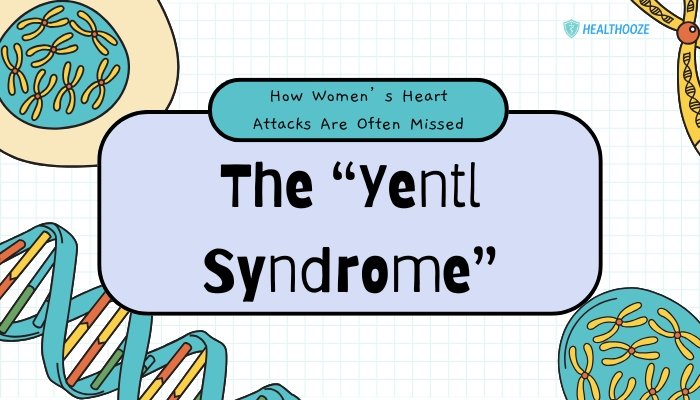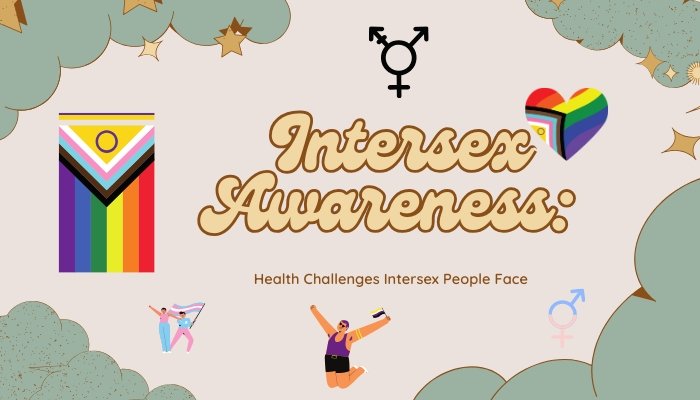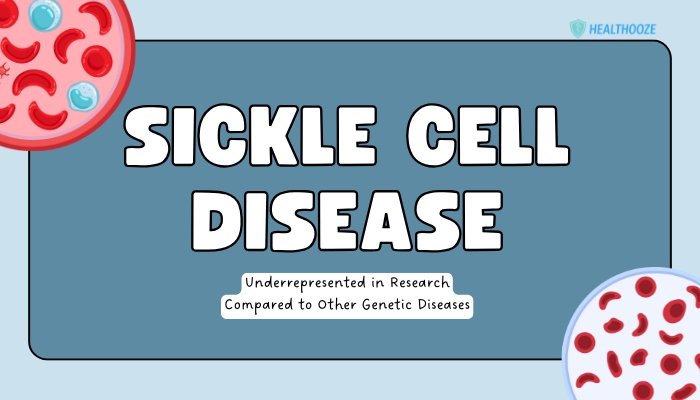Introduction
In the 1980s, cardiologist Dr. Bernadine Healy coined the term “Yentl Syndrome” to describe a troubling phenomenon: women were more likely to receive suboptimal or delayed care for heart conditions because medical practice traditionally centered on male-based research and presentation of symptoms.
Just like in the film Yentl, where the main character disguises as a man to be taken seriously, women have long felt the need to “present like men” to get the same level of attention in cardiology.
This article unpacks why women’s heart attacks often go unnoticed, the dangers of these oversights, and how shifting mindsets in medicine can pave the way for better outcomes.
Understanding the Yentl Syndrome Concept
Origin of the Term
Dr. Bernadine Healy’s observations revealed a glaring gap: women had to show the “classic” (that is, male-pattern) signs of heart disease to be treated as urgently and seriously as men. She likened this to the story of Yentl—a Jewish girl who pretended to be a boy to pursue Talmudic studies. Applying that metaphor, female patients needed to mimic male heart attack symptoms before doctors took notice.
A Historical Bias in Cardiac Research
For decades, most cardiac studies featured predominantly male subjects—leading to a clinical definition of heart attacks that favored men’s typical symptoms (e.g., severe chest pressure radiating to the arm). Women, who often display subtler or different warning signs, were frequently dismissed or misdiagnosed.
How Women’s Heart Attacks Differ
Atypical Symptoms
While men’s heart attacks often involve intense chest pain, women’s symptoms can include:
- Shortness of Breath: Occurring more at rest or with mild exertion.
- Fatigue and Weakness: Profound tiredness days or weeks prior.
- Neck, Jaw, Shoulder, or Upper Back Discomfort: Unexplained aches in these areas.
- Nausea or Dizziness: Occasional vomiting, reminiscent of digestive upset rather than a cardiac event.
Dangers of Delayed Recognition
When physicians or patients themselves overlook these subtle red flags, heart attacks advance untreated. The “time is muscle” principle means every delay in addressing a coronary blockage can damage more heart tissue, elevating the risk of complications or death.
Coexisting Conditions
Women more commonly live with autoimmune disorders, migraines, or other conditions that can overshadow or mask heart symptoms. Anxiety or depression might also manifest physically, muddying the clinical picture and leading providers to attribute legitimate chest pains to stress.
Why Women Go Unheard
Cultural Norms
Society still labels cardiovascular disease as a “man’s disease,” pushing women to disregard chest or jaw pain, rationalizing it as acid reflux or fatigue. This reluctance to seek immediate help is partly a cultural aftereffect, with many women prioritizing family or other responsibilities over personal health.
Implicit Bias in Healthcare
Some clinicians unconsciously interpret complaints from female patients as “emotional” or “exaggerated.” Consequently, they might skip critical tests, prescribing stress management or antacids instead of an EKG or cardiac enzymes.
Underrepresentation in Trials
Although this trend is slowly reversing, women historically were under-enrolled in cardiac clinical trials, skewing data and normal “presentations” of heart attacks to align with men’s experiences.
Effects on Health Outcomes
Higher Mortality and Morbidity
When women’s heart attacks go undetected or misdiagnosed, the consequences include:
- Increased Fatalities: Studies show that women who suffer myocardial infarctions experience higher mortality rates, partly due to delayed or inadequate treatment.
- Worse Prognosis: Without prompt intervention, more heart muscle is lost, leading to lower ejection fractions and potential for chronic heart failure.
Emotional and Financial Costs
Complications from a missed or delayed diagnosis can result in prolonged hospital stays, repeated procedures, and rehab, intensifying the emotional burden on patients and families. The resulting stress can also hinder optimal recovery.
Addressing the Yentl Syndrome
Provider Education and Bias Training
Continuing medical education that highlights gender differences in cardiac presentations is crucial. Clinicians who recognize the nuanced signs of heart attacks in women are more apt to order ECGs, troponin tests, or stress tests immediately, mitigating risk.
Revising Screening Protocols
Hospitals and clinics can implement protocols that factor in sex-specific differences—ensuring women with atypical chest discomfort are still thoroughly evaluated. Tools like the HEAR (Headache, Exhaustion, Aches, Reflux-like) symptom checklist might raise suspicion of a potential cardiac event.
Data and Research Inclusion
For more precise guidelines, researchers must consistently analyze data by sex, oversampling or ensuring balanced female representation in trials. This fosters evidence-based strategies specifically refined for women’s cardiovascular health.
Empowering Women to Advocate
Recognition of Symptoms
- Knowing the Signs: Education campaigns highlighting how women’s heart attacks differ help them identify potential signals earlier (shortness of breath, jaw pain, fatigue).
- Insisting on Tests: If a provider seems dismissive but suspicion persists, women should request an EKG, labs, or further evaluations.
Self-Care for Heart Health
Proactive lifestyle measures—exercise, balanced diets, stress management—reduce cardiac disease in everyone. But for women, being especially vigilant about cholesterol, blood pressure, and glucose fosters early detection of risk factors.
Peer and Advocacy Support
Joining women’s heart health groups or nonprofits can give personal stories more influence. Collective voices press for better coverage of women in heart disease research or campaigns (e.g., Go Red for Women).
Conclusion
The “Yentl Syndrome” encapsulates the struggle women face in being taken seriously for heart disease—needing to “present like men” to receive equivalent care. Although medicine has advanced significantly, biases and historical gaps in research still hamper timely recognition of female cardiac emergencies. Combating these issues requires both structural changes—like more inclusive clinical trials—and personal advocacy, ensuring that women’s symptoms are treated with the urgency they deserve. By dispelling myths and championing a robust, inclusive approach, we can drastically cut the toll of underdiagnosed heart attacks in women and ensure everyone’s right to the best possible healthcare.
References
- Healy B. The Yentl Syndrome. N Engl J Med. 1991.
- Gulati M, Levy PD, et al. Sex differences in cardiology. Circulation. 2019.
- Mehta LS, Beckie TM, DeVon HA, et al. Acute myocardial infarction in women: a scientific statement from the American Heart Association. Circulation. 2016.







